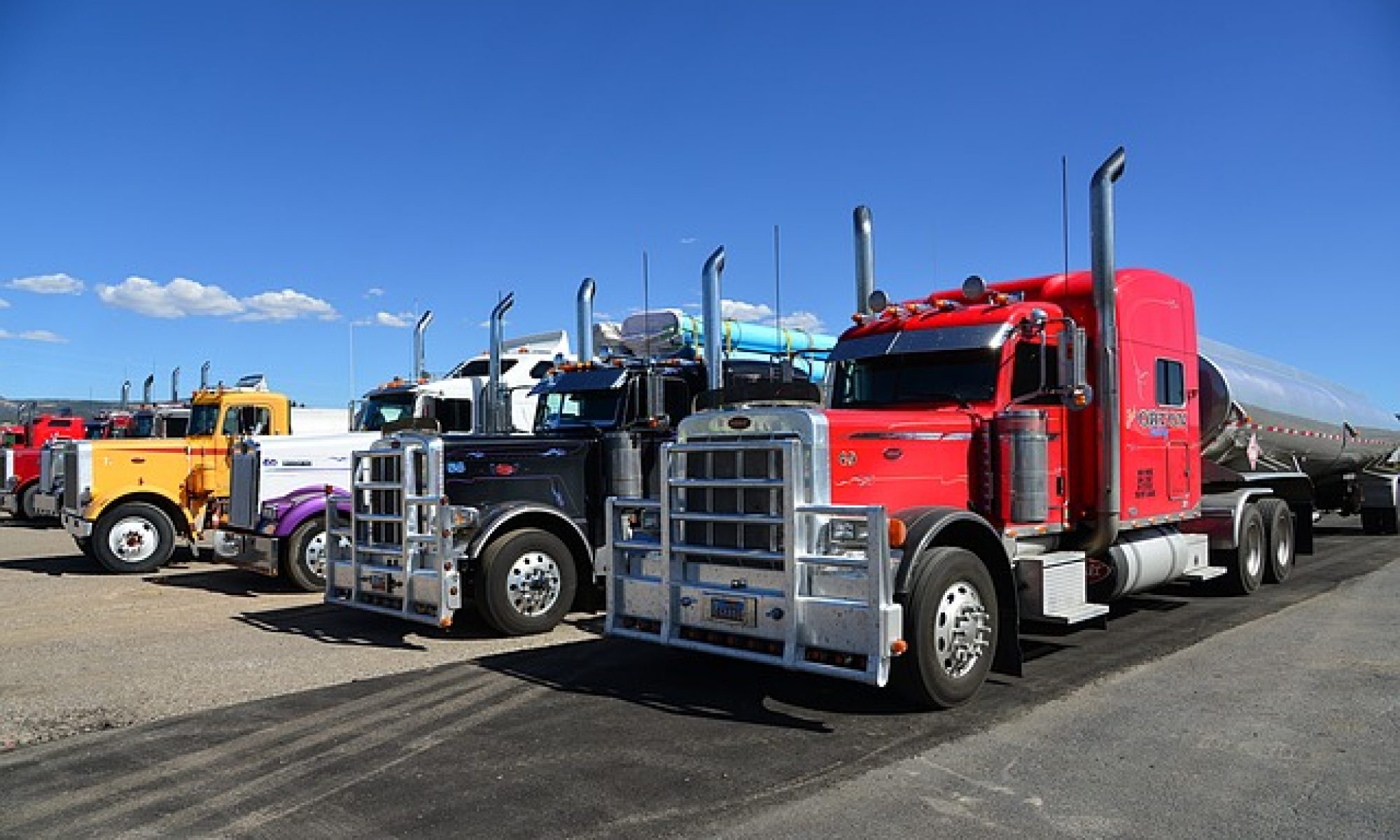Don’t Let Your Landscape Investment Wither Away: Understanding What Your Warranty Actually Covers
When you invest thousands of dollars in professional landscaping, you naturally expect your new plants, hardscaping, and outdoor features to thrive for years to come. But what happens when that beautiful new tree starts dropping leaves after just a few months, or your pristine paver patio begins to settle unevenly? This is where understanding your landscape warranty becomes crucial to protecting your investment.
The Foundation of Landscape Protection: What’s Typically Covered
Most landscape warranties cover trees and shrubs for one year from the date of installation, with replacement guaranteed once within the warranty period should they die. However, the coverage extends far beyond just plant material. Landscaping warranties typically cover replacement of plants, flowers, shrubs, trees, sod, etc., but the specific terms can vary significantly between companies.
For hardscaping elements, warranties often provide more extensive coverage. Many companies offer five-year warranties on paver patios and retaining wall installations, covering loose pavers, loose edge restraints, and settlement of pavers in excess of 3/8″ compared to adjacent pavers, walls, or stair treads. Some premium contractors even offer lifetime structural warranties on properly built hardscape features.
Plant Warranties: The Devil is in the Details
Industry experts believe that a 1-year warranty on major plantings like trees and shrubs is fair and standard, allowing for the typical settling-in period for those plantings to take hold and recognizing that it can sometimes take plants that long to show problems, especially if growing conditions change after installation.
However, plant warranties come with significant responsibilities for homeowners. Upon installation, it becomes the responsibility of the owner to supply the plant with sufficient water and fertilizer during the growing season to keep them healthy. If you fail to water your plants properly, they will die, and a plant that has died due to drought is not covered under the guarantee.
It’s important to note that annuals, perennials, bulbs, ground covers, and transplanted plant material are typically not covered under standard plant warranties. Additionally, many companies’ limited warranties cover only the cost of plant material itself and not the labor required to replace it.
Hardscape Warranties: Built to Last
Hardscaping warranties generally offer more comprehensive protection than plant warranties. Projects using premium materials like Unilock products may be covered by manufacturer guarantees, where authorized contractors are required to repair major structural failures due to workmanship for up to two years from installation.
However, these warranties come with important exclusions. Warranties typically don’t cover hardscapes damaged by abnormal weather conditions such as floods, excessive wind, drought, severe freezing, abnormal rain, underground springs, natural settling, vandalism, use of winter salt, snow/ice accelerator products, animals, fire, tree falls, mechanical/vehicular damage, removal or relocation, efflorescence, or stains.
Common Warranty Exclusions You Need to Know
Warranties typically include numerous exclusions that homeowners should understand before signing any contract. Beyond the environmental factors mentioned above, most warranties become void if work is modified by anyone other than the original contractor. Warranties don’t cover any workmanship or materials provided by anyone other than the original landscaping company, and warranties become void if alterations or changes are made by anyone else.
For specialized features, additional exclusions apply. Warranties may not cover naturally occurring efflorescence of pavers, stains, damage from high-pressure washing, or additional joint sand. Many companies provide no warranty on concrete surfaces because concrete will eventually crack.
Getting the Most from Your Warranty
To maximize your warranty protection, documentation is key. Before signing a contract with a landscaping company, make sure the contract is detailed in terms of specific warranty information to avoid any miscommunications that can lead to replacement and warranty issues. A good warranty will clearly state what each party is responsible for when it comes to guaranteeing the landscape.
For Delaware County residents, working with an established local contractor like serranos landscaping can provide additional peace of mind. Companies that combine skilled craftsmanship with top-tier customer service and treat every project with care and precision are more likely to stand behind their work and honor warranty commitments.
Timing Matters: When to File Warranty Claims
Most issues with plants or with any part of the landscape installation will appear within a few weeks or occasionally within a few months. However, it’s common for some plants to die or not thrive during the first few months to a year after being installed while they adjust to their new location, suffering from transplant shock, or sometimes showing up damaged or with disease from the nursery.
For warranty claims to be valid, prompt notification is essential. Companies typically respond to warranty requests within a reasonable amount of time, with emergency requests receiving immediate attention.
Beyond the Warranty: Maintenance Matters
Proper care and periodic inspection and maintenance are the best courses of action that will ensure a long lasting and even more beautiful landscape over time. While warranties protect against defects and initial failures, the long-term success of your landscape depends on ongoing care.
Providing homeowners with an easy-to-follow plant health care manual that covers watering, fertilizing and simple maintenance techniques, along with monthly e-newsletters providing maintenance information, is the best way for contractors to stay connected with clients.
Understanding your landscape warranty isn’t just about knowing what’s covered—it’s about understanding your role in maintaining your investment. By choosing reputable contractors, reading warranty terms carefully, and fulfilling your maintenance responsibilities, you can ensure your outdoor space remains beautiful and functional for years to come. Remember, with landscaping being a serious financial investment for most homeowners, it’s imperative that landscapers stand behind their work, but homeowners must also do their part to protect that investment.

